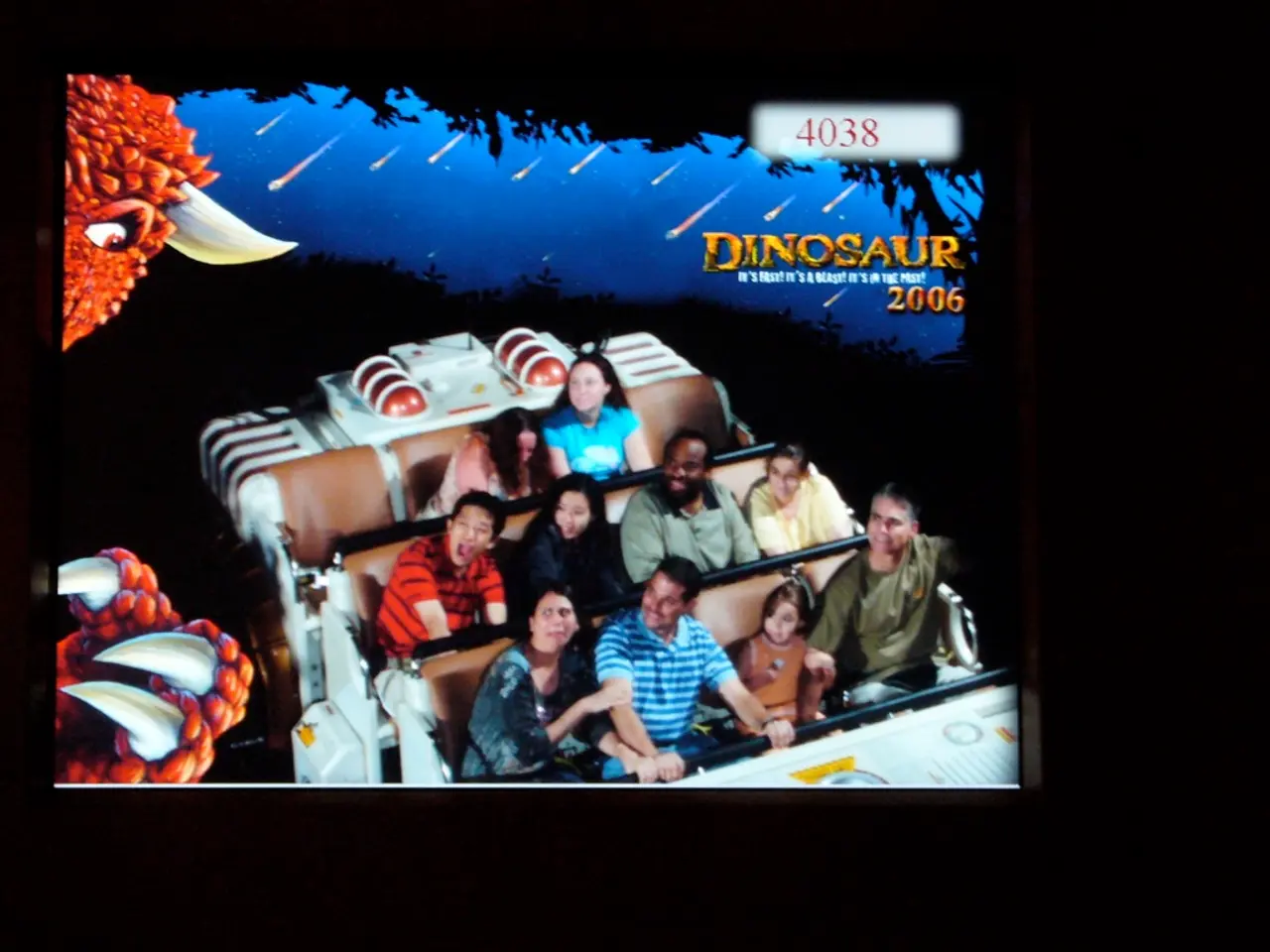Media Planning Playbook for the Year 2025 unveiled by the Interactive Advertising Bureau (IAB)
Navigating the Fragmented Video Media Landscape: IAB's 2025 Unified Media Planning Playbook
The Interactive Advertising Bureau (IAB) has unveiled a comprehensive guide, the "2025 Unified Media Planning Playbook," designed to help advertisers navigate the increasingly complex and fragmented video media landscape. This landscape encompasses Connected TV (CTV), online video (OLV), social video, and Free Ad-Supported Streaming Television (FAST).
The playbook offers a practical, actionable roadmap for brands, agencies, and publishers to create smarter, more integrated video campaigns across these diverse channels. These channels often have different identity systems, siloed metrics, and inconsistent buying mechanisms, which can make cross-platform video planning and execution challenging.
Key aspects and implications of the playbook include:
- Cross-Platform Integration: The playbook guides marketers on how to stitch together identity, targeting, and measurement by leveraging data clean rooms, customer data platforms (CDPs), and unified IDs. This is crucial for overcoming the fragmentation caused by incompatible systems across platforms.
- Standardization: Recognizing the lack of consistent standards, the playbook advises on which internal KPIs and creative specifications to standardize within organizations to enable better cross-channel planning and evaluation.
- Future-Proofing Strategies: The playbook offers guidance on how to develop media plans that remain effective amid ongoing technological shifts and channel evolution, including emerging formats and AI-driven approaches to content and targeting.
- Context and Background: The playbook builds on the evolution of integrated marketing communications (IMC) by emphasizing data-driven, technology-enabled unified media planning that reflects current consumer behavior moving fluidly across multiple video channels. This shift is driven by improved marketing technology platforms and a heightened focus on return on investment (ROI) in a competitive environment.
However, true interoperability in the video media landscape remains a work in progress due to each channel operating in its own data silo and identity environment. Marketers must employ a combination of A/B tests, MMM, outcome-based models, and hybrid KPIs to measure performance across platforms. The end of cookies and IDs is leading to an increased reliance on contextual targeting, first-party data, and clean-room collaboration.
The playbook does not advocate for a single-stack solution in unified planning, acknowledging that full integration requires technological investments like clean rooms and unified IDs, which not all brands can afford. This underscores both the opportunities and challenges in adopting this approach.
In conclusion, the 2025 Unified Media Planning Playbook serves as a framework for cutting through the complexity of multi-platform video advertising, helping marketers navigate incompatible IDs, fragmented measurement, and siloed buying systems to run integrated, effective campaigns across CTV, online video, social video, and FAST channels.
- The IAB's 2025 Unified Media Planning Playbook offers guidance on using data clean rooms, customer data platforms (CDPs), and unified IDs to achieve cross-platform integration, which is crucial for navigating the challenge of compatibility issues in the fragmented video media landscape.
- As part of the practical roadmap provided by the playbook, the lack of consistent standards across various platforms is addressed by advising organizations on standardizing their internal KPIs and creative specifications for smarter and more effective cross-channel planning and evaluation.
- The 2025 Unified Media Planning Playbook encourages the development of media plans that are adaptive to ongoing technological shifts and channel evolution, including emerging formats and AI-driven approaches to content and targeting, as a means of future-proofing strategies in the ever-changing digital media landscape.
- In adopting the approach outlined in the playbook, marketers will confront the need for A/B tests, MMM, outcome-based models, and hybrid KPIs to measure the performance of campaigns on different video platforms, particularly as the industry transitions from cookies and IDs to an increased reliance on contextual targeting, first-party data, and clean-room collaboration.




